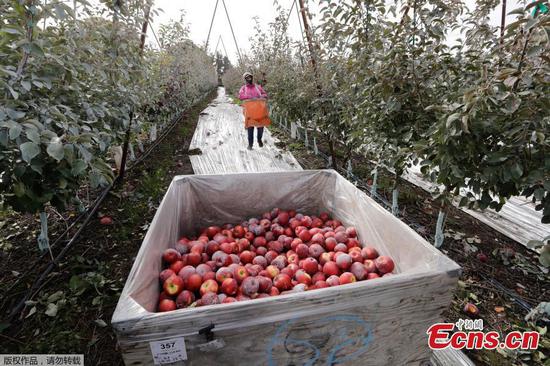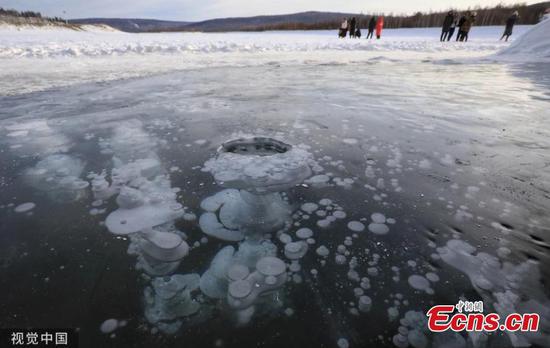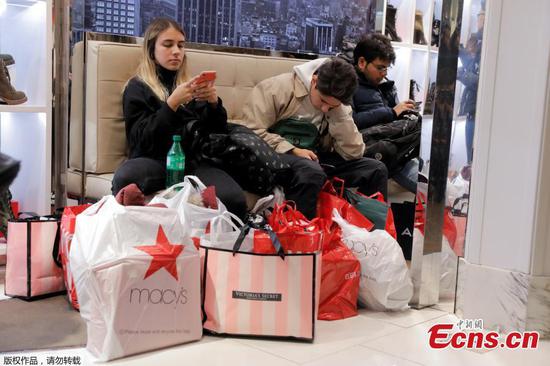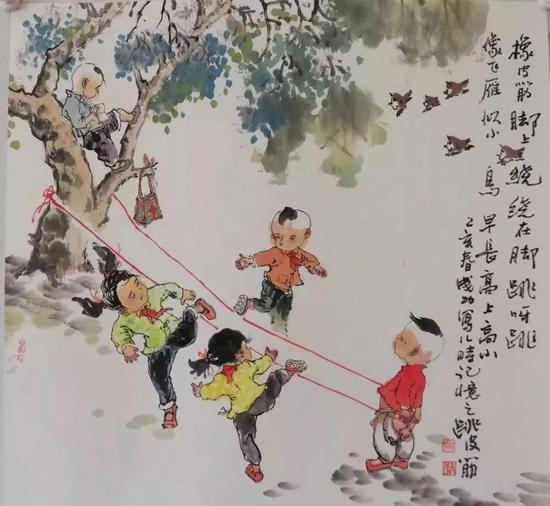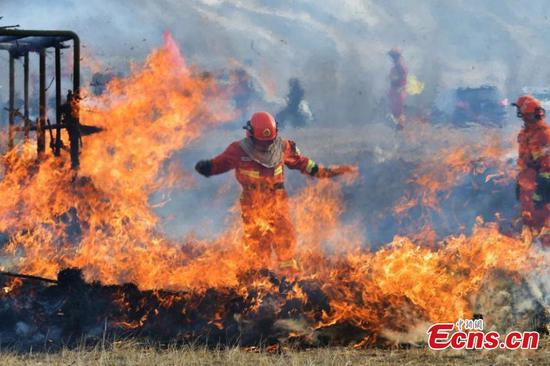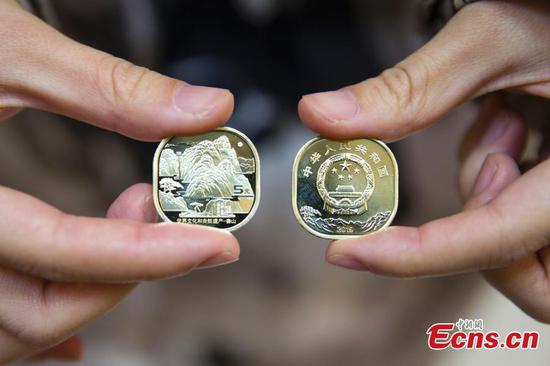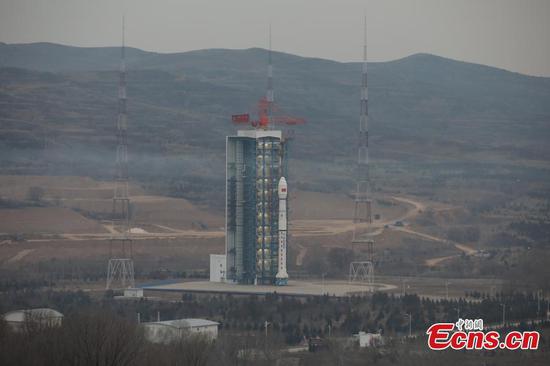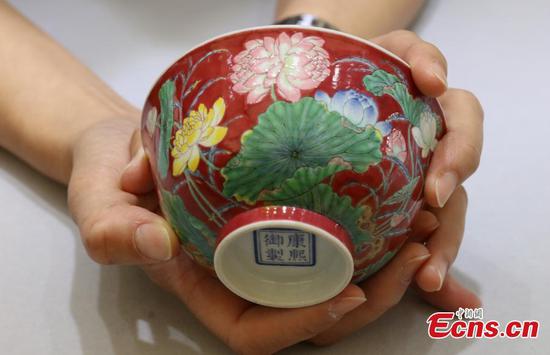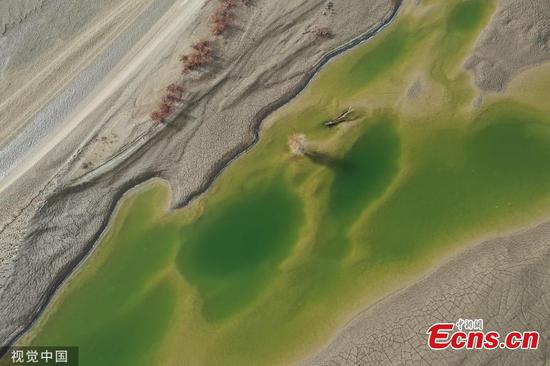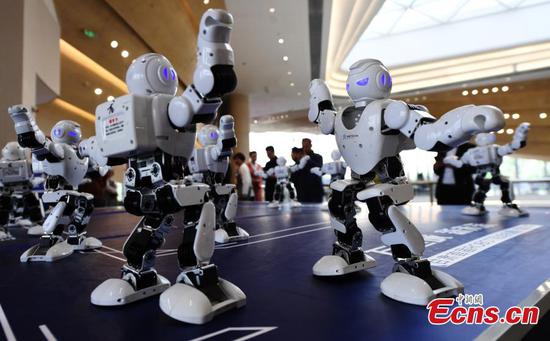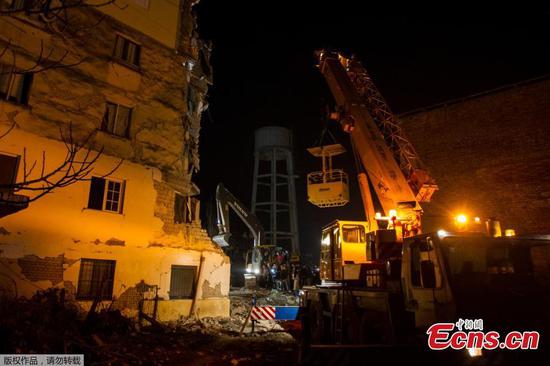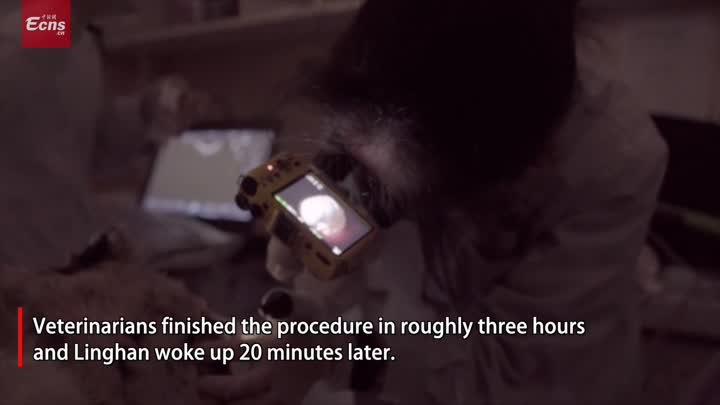China's manufacturing activity rebounded to expansionary territory in November after a six-month streak of contraction. This indicates that growth is stabilizing and business confidence is improving in light of supportive government policies, analysts said on Sunday.
The purchasing managers index for the manufacturing sector bounced back to 50.2 in November from October's 49.3, according to the National Bureau of Statistics. The growth beat many analysts' expectation for a below-50 reading.
A reading above 50 indicates expansion, while a reading below reflects contraction.
Analysts said the official factory gauge's return to the expansion zone indicated that the decelerating economic growth has shown sign of stabilizing and that the business outlook is brightening.
But they warned that the government needs to step up supportive policies to stimulate demand and shore up growth, as the manufacturing sector still faces downward pressure amid uncertainties surrounding the trade talks between Beijing and Washington.
The subindex for production gained 1.8 points to 52.6 in November, while the subindex for new orders rebounded by 1.7 points to 51.3, both of which were in the expansion zone, the NBS reported.
NBS senior statistician Zhao Qinghe said the data showed that both production and demand in the manufacturing sector had improved in November. The two indexes stood at their highest level since the start of the second half of the year.
High-tech manufacturing and the manufacturing of equipment and consumer goods also saw expansion over two consecutive months, showing that the economy is on a transformative track toward high-quality growth and a consumption-driven model, Zhao said.
Meanwhile, China's nonmanufacturing sector registered faster expansion in November. Its PMI stood at 54.4, up from 52.8 in October, the NBS reported.
"The rebound of both manufacturing and nonmanufacturing PMI showed that downward pressure has been released to some extent in the fourth quarter. But it remains to be seen whether the trend will be sustainable, as the risk of weakening demand still exists," said Liu Xuezhi, a senior researcher at the Bank of Communications' Financial Research Center.
Top policymakers in Beijing will gather at the Central Economic Work Conference later this month. The meeting is expected to lay out the country's growth targets and set the tone for the coming year.
The country's monetary policy has become more accommodative to prevent a broader economic slowdown, with a focus on guiding more bank lending to smaller and private businesses.
In terms of fiscal policy, the Ministry of Finance has announced a new quota of 1 trillion yuan ($142 billion) of local government special bonds for 2020 and urged that the bonds be issued and used "as early as possible" to boost infrastructure investment.
Looking into 2020, economists predict that Chinese policymakers will maintain stable credit growth and a supportive fiscal policy to stabilize growth. The probability of Beijing and Washington reaching their phase-one trade deal could help reduce external uncertainties.
"The reduced external uncertainty and accommodative policy should lend some support to exports and corporate confidence, which in turn stimulate inventory restocking, manufacturing capital expenditures and private consumption," Robin Xing, chief China economist at Morgan Stanley, wrote in a research note.
Hu Yifan, chief China economist of UBS Global Wealth Management, said that the country's consumption remains resilient, and the government is likely to announce more tax and fee cuts to boost consumption in the coming year.









